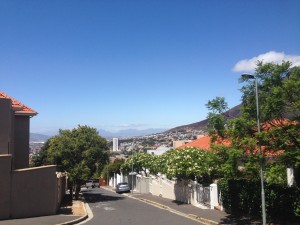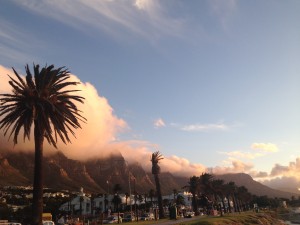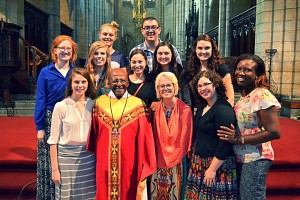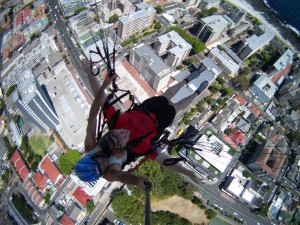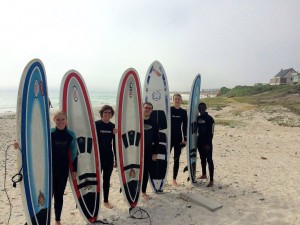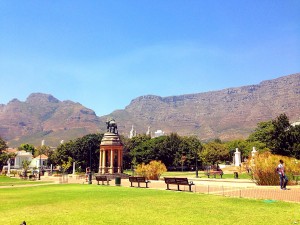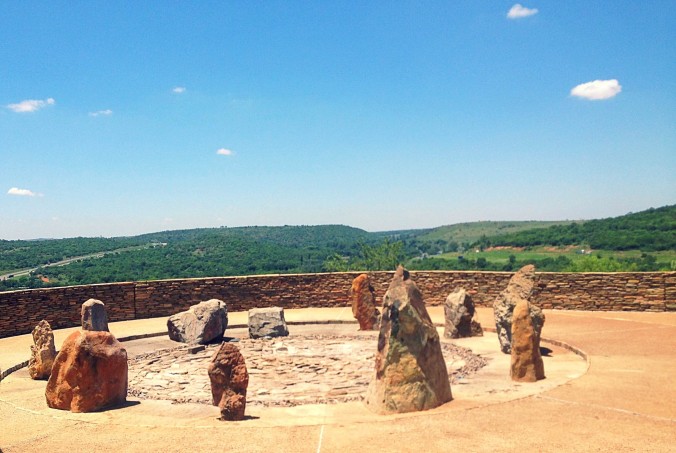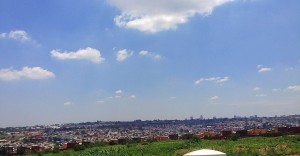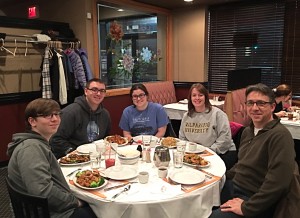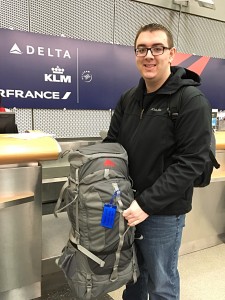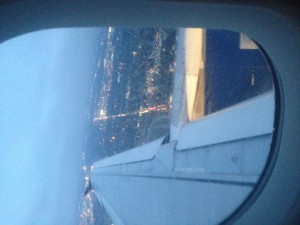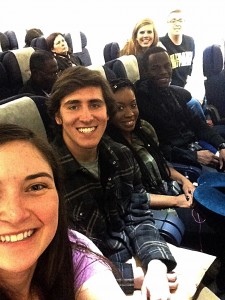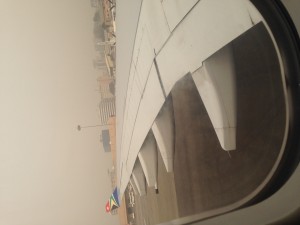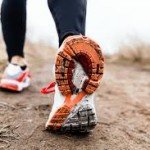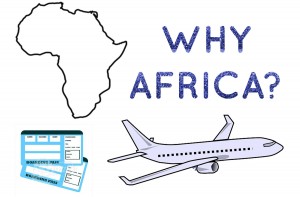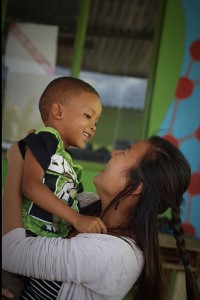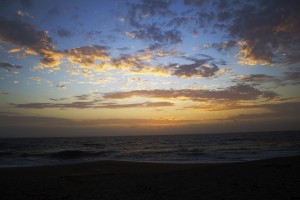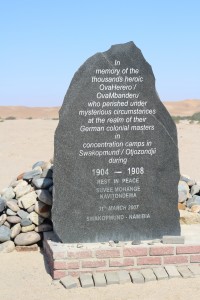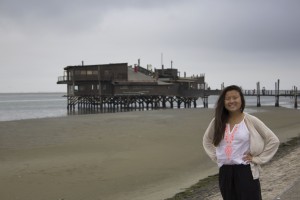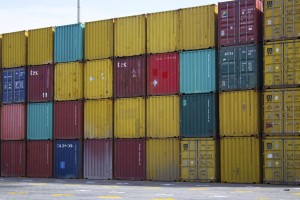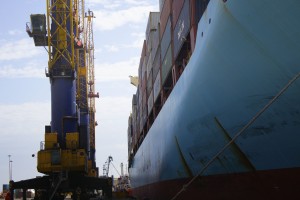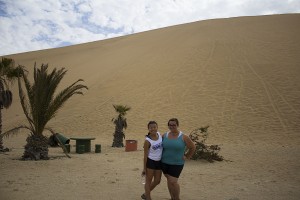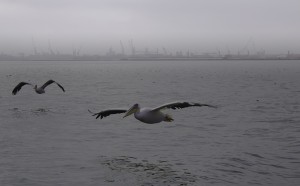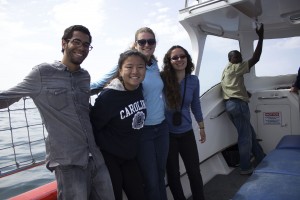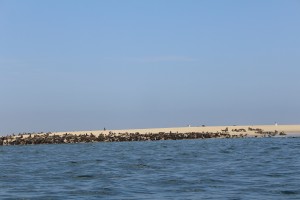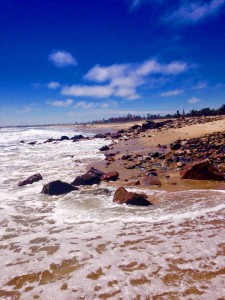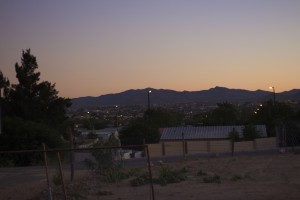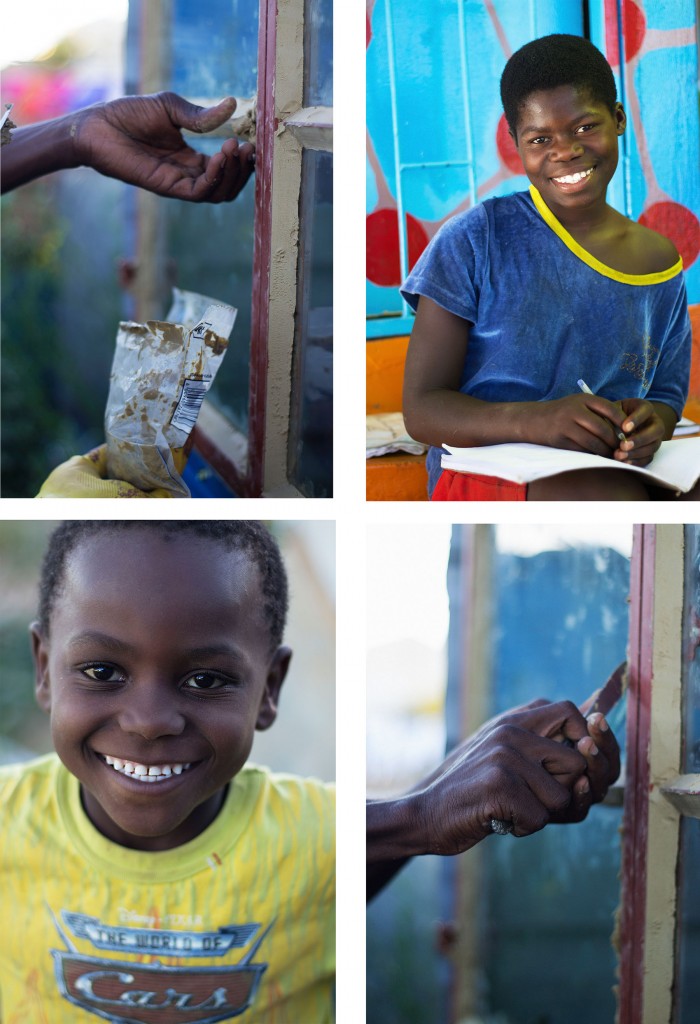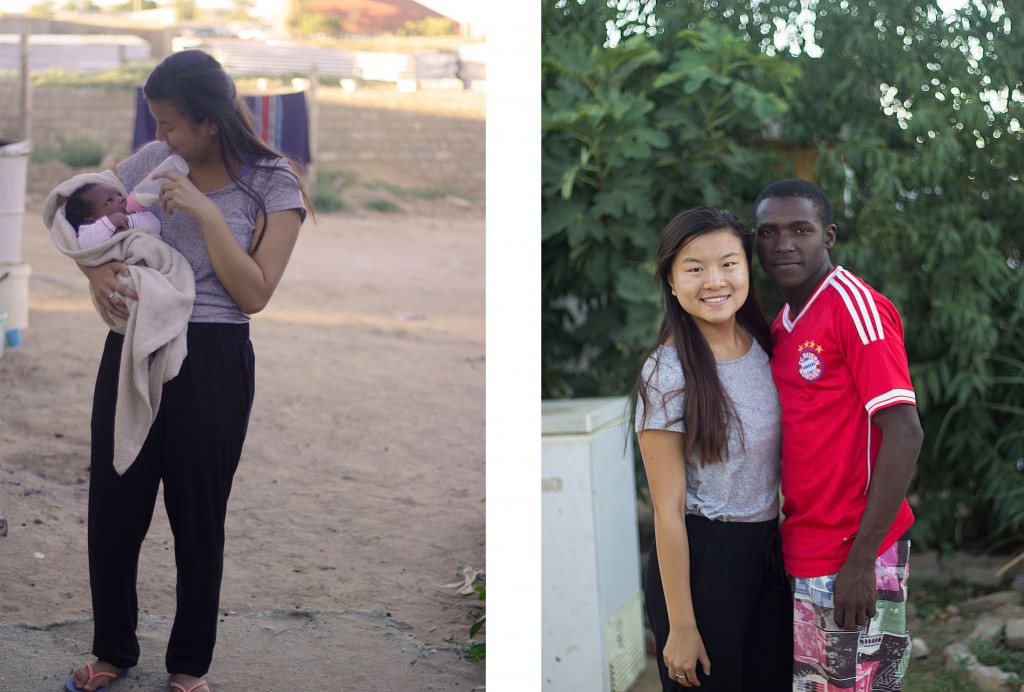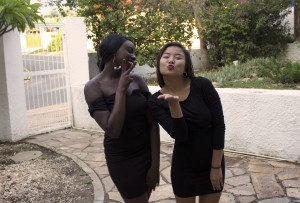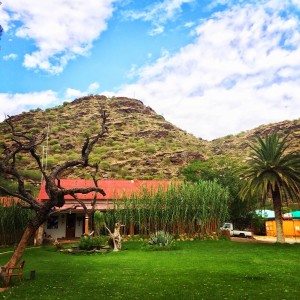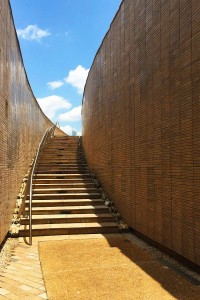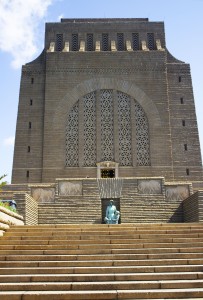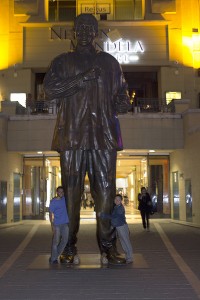Part 1: Finding the Beach
On our first full day in Cape Town, Amanda, Kayla, Olivia and I decided we would walk to the Camps beach from our guesthouse. The problem was that it was a few miles away across the entire city, but we figured it would be a great way to explore the city. We began our journey at a hidden café that was far too fancy for our group but we went there anyway. We then kept walking towards the beach using the occasional sign as a guide. As we walked, we could see an amazing view of the city. The city is extremely beautiful on its own, but the backdrop of Table Mountain brings it to a whole new level.
The first 2/3rds of our walk were spent traveling uphill, but the beauty of the city distracted us enough not to care. At one point I ran off to go explore the trees nearby because they were so cool that I couldn’t help myself. We then walked down the winding streets that work their way down to the beach and met up with the rest of our group.
At the beach, the water was a bit too cold for swimming and there was an intense wind that sent sand spiraling in all directions. I escaped to an outcropping of rocks and climbed up. I spent nearly an hour just staring out at the ocean and at the mountains that surrounded me.
r
Part 2: Bishop Desmond Tutu
On Friday morning, I woke up early and went to a Eucharist at St. Georges Cathedral where I got to take part in a service led by Bishop Desmond Tutu. He was an extremely kind and loving person. Bishop Tutu went around and tried to learn the name of every visitor and made sure to inquire about the status of each of his regular members. It was truly a blessing to be in his presence.
Part 3: Climbing Table Mountain
It’s a long story. But basically we did not plan well. But we still didn’t die.
Part 4: On My Own
On one of our free days, I wasn’t sure what I wanted to do. I ended up just walking out the door and picking a direction. I ended up walking through the park and around downtown until I ended up at the train station. I walked up to the guy at the main desk and asked him where I should go for the day. He asked me if I wanted to go to a beach and I said “sure!” So he said, “alright! There’s a train leaving in 5 minutes at gate 6”. So I left, not really knowing where I was off to. I watched as Cape Town flew by my window and the countryside appeared. I ended up at Muizenberg beach which is about an hour away from Cape Town. My experiences were very unique but it was well worth it. I met interesting people and got to have a day for one for the first time in a long time.
Part 5: Adventure Day
On our last day in Cape Town, Olivia, Luke, Taylor, Dashawn and I went out on a day full of adventures. We started out by going to Signal hill and went paragliding. I hooked up to the parachute with my guide and he told me to run. We ran forward together as he got a gust of wind and ran right off the cliff. We flew around for about 10 minutes and got a fantastic view of the city and Table Mountain. I even saw a whale!
After paragliding, I went surfing for the first time! I was able to stand up a few times but I definitely am not good at all. It was still a fantastic time and our instructor was extremely helpful and entertaining to say the least.
All in all, Cape Town was an amazing experience full of adventures and learning. I was able to push myself to try new things and explore my own thoughts and beliefs about the world.
